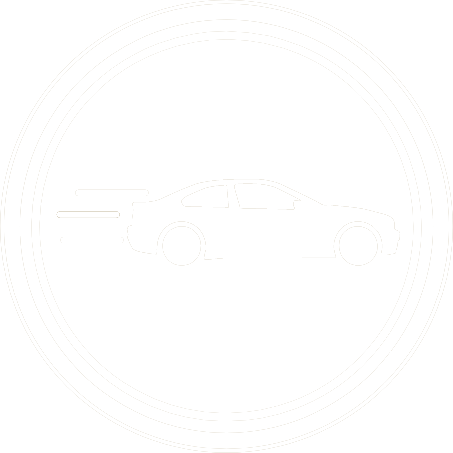Road test cars, like family, often come with favours attached and the arrival of the Kia Carnival immediately elicited one of those in the form of “Oh great. Will you pick up the staff from the taxi rank in the morning?”
With said staff picked up and safely delivered, it was the comment from one of the ladies that rather summed up the Carnival – “Eish! I wish my long-distance could be in a taxi like this.”
The Carnival is big, comfortable and moves along effortlessly propelled by the 2,2-litre CRDi diesel engine with 148 kW and 440 Nm that munches kilometres (or short distances) at a suitably economical level with my test cycle recording 7,1 l/100 km.
In terms of range positioning in the Kia family, the Carnival replaced the Grand Sedona and is slightly larger by 40 mm in length, 10 mm in width and is taller by 35 mm and, with all of that, gains only 14 kilograms in weight.
Global Nameplate
Just to sort out any confusion – the Carnival was called Sedona in many markets around the world, but Kia has now determined Carnival as the global nameplate.
Beginning in 2010, the second-generation model received updated equipment, including Kia's corporate Tiger Nose grille, as introduced by its design chief, Peter Schreyer. Kia introduced its third-generation minivan in 2014, solely in a long wheelbase format. The fourth (and current) generation was introduced in 2020 when Kia also began using the Carnival nameplate worldwide.
So, the exterior design of the Carnival follows Kia’s recent signature SUV style, with the modernised ‘tiger nose’ grille dominating the front.
A bold cutline runs the length of the vehicle, joining the front and rear lamps, and large two-tone mirrors and black/chrome rocker panel mouldings contribute to the looks of the Carnival.
My test unit had the 7-seat configuration that features twin ‘Captain’s’ chairs in the second row but it can also be delivered in an 8-seat specification should you need to transport the Springbok forwards – and, with all seats in place, it still has 1 139 litres of luggage space that transforms to 4 110 litres if the second row of seats is removed and the third folded flush with the floor.
City Traffic
For every up, there is a down – in the case of the Carnival this comes when the city traffic closes in and it is just that much harder to ‘wiggle’ into gaps and, indeed, to squeeze in and out of Sandton City parking bays.
While it does fit within the demarcated lines, the wide opening ‘easy-in, easy-out front doors that are so practical when stopping to view some panoramic vista, do not do so well in tight spaces. The two rear sliding doors on the other hand work a treat.
Certainly, learning how to reverse with both mirrors and camera images is a must.
It teeters over the R1-million edge so, not unexpectedly, comes fully kitted with a full gamut of Advanced Driver Assistance Systems (ADAS) features including Forward Collision Avoidance Assist (FCA), Blindspot Collision Avoidance Assist (BCA), Rear Cross Traffic Alert, Lane Keeping Assist (LKA) with Lane Following Assist (LFA), Blindspot View Monitor (BVM), Smart Cruise Control (SCC) and Around View Monitor (AVM).
Not Lazy
The Carnival eases from rest to 100 km/h in 10,9 seconds and tops out at 187 km/h but, within that, is certainly not lazy and will happily adapt to full-blown traffic jams or wide open roads without skipping a beat – although it must be said, it does not take too kindly to sudden, harsh changes of direction, which is a bit like asking a lawyer for a discount.
However, it is kitted with gearshift paddles and a Sport mode for those occasions when a little extra is needed.
To this end, while the steering is light and easy to manage in those parking lots, it still provides the right levels of accuracy and response on the open road.
Colin Windell – proudly CHANGECARS











